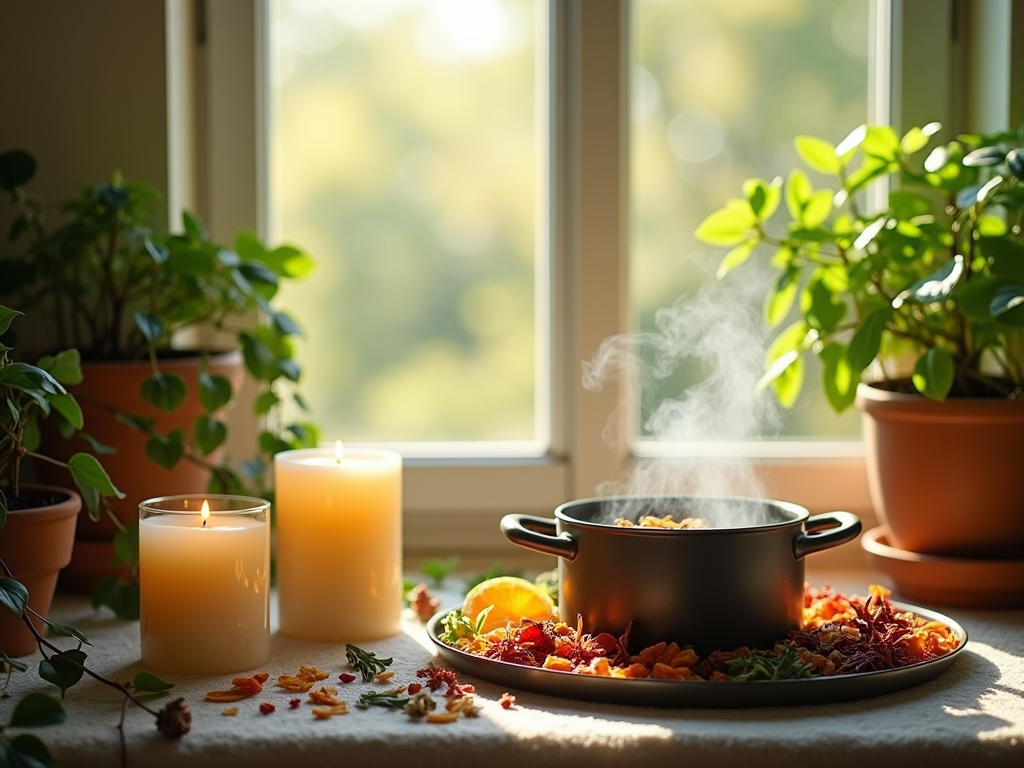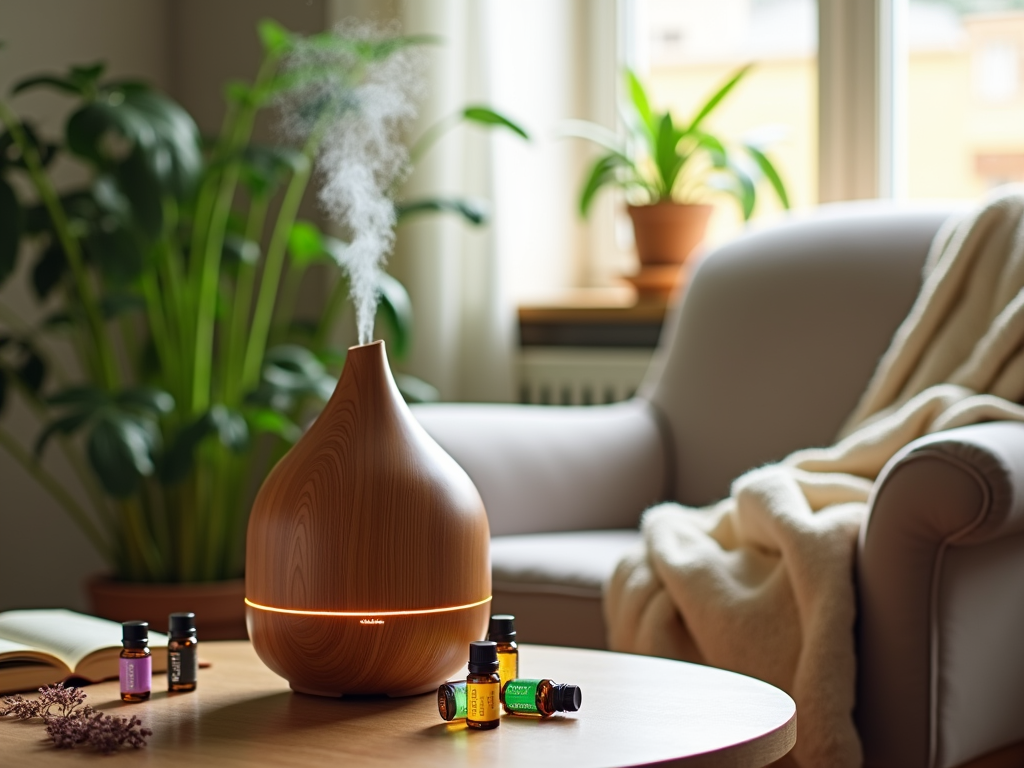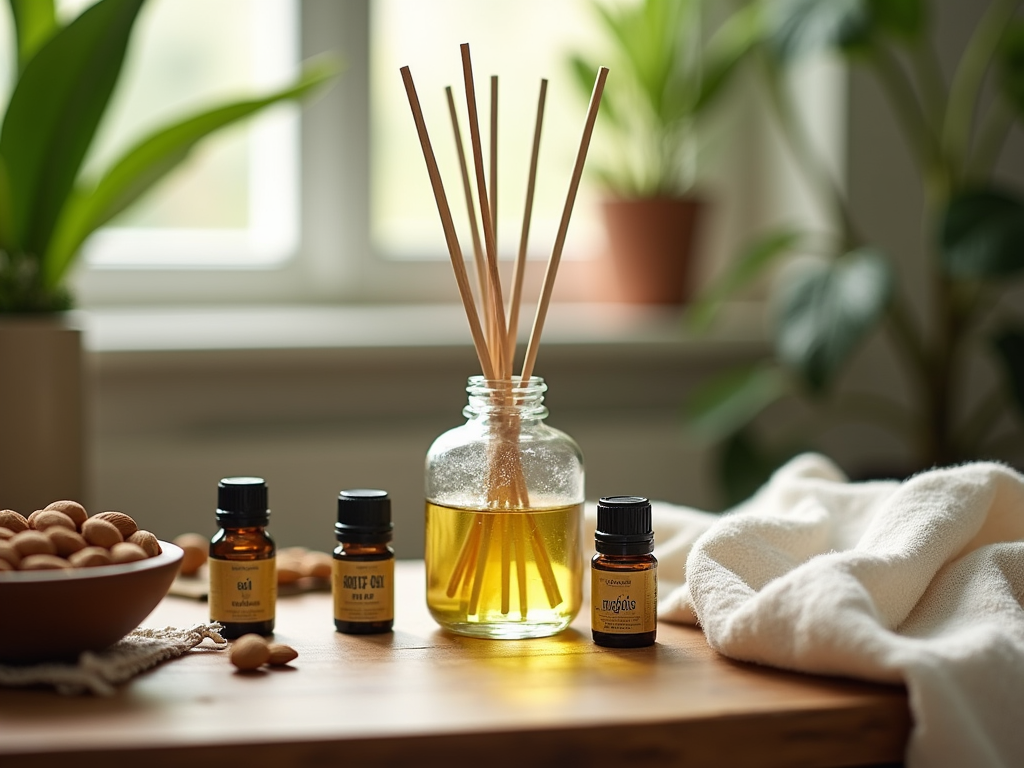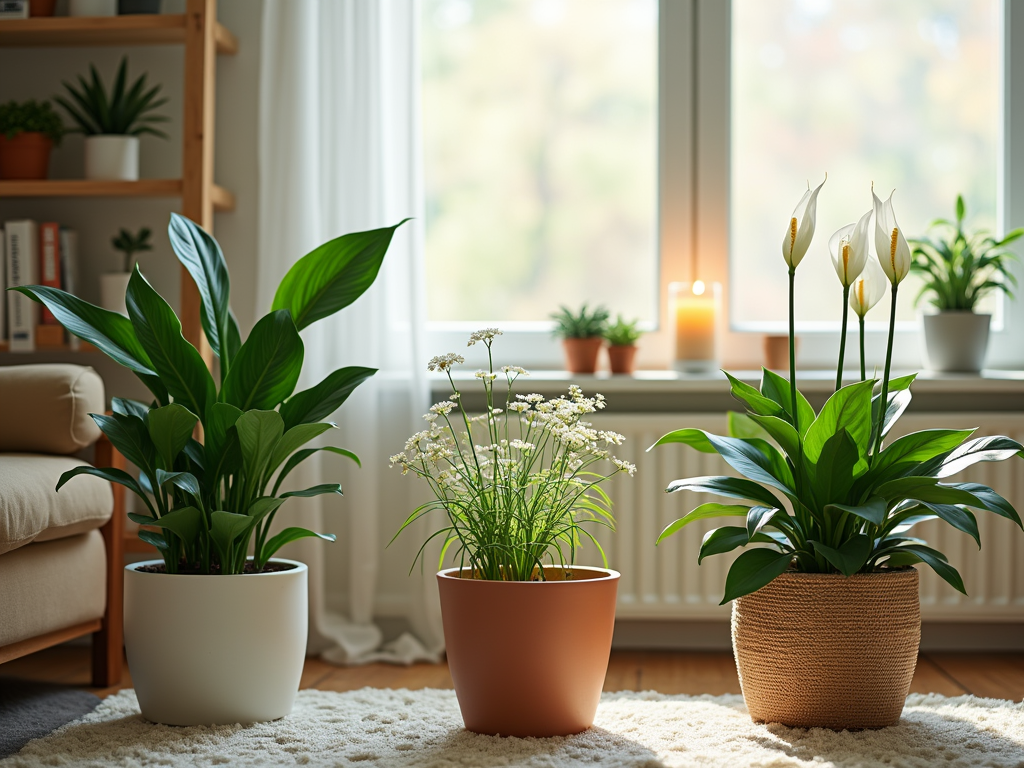
Infusing your home with natural scents does more than just eliminate unpleasant odors. It promotes a healthier atmosphere and reduces exposure to the chemicals often lurking in synthetic fresheners. These alternatives are budget-friendly, environmentally conscious, and simple to incorporate into your daily routine. Whether you’re after a calming effect or an uplifting boost, there’s a method to suit every preference.
Key Takeaways
- Chemical-laden air fresheners can release harmful VOCs, making natural options far safer for your indoor environment.
- Essential oil diffusers not only let you personalize scents but also offer aromatherapy benefits that can relax, energize, or focus your mind.
- Stovetop potpourri is a seasonal favorite. Boil leftovers like citrus peels, cinnamon sticks, and rosemary sprigs for warmth and freshness with zero waste.
- DIY reed diffusers and homemade sprays offer full control over ingredients and fragrance intensity, all while being easy on your wallet.
- Certain houseplants, such as jasmine and peace lilies, naturally clean the air and introduce subtle, refreshing aromas that pair health benefits with stylish decor.
Focus on methods that enhance your space while being kind to you and the environment. A natural approach creates a welcoming home while protecting both yourself and the planet.
Why You Should Switch to Natural Home Fragrancing
Many common synthetic air fresheners release VOCs, which can negatively impact indoor air quality. According to the EPA, indoor air pollution is typically 2-5 times worse than what’s found outdoors. These VOCs are linked to a range of health issues. If you’ve ever experienced headaches, allergies, or irritated sinuses after using a synthetic spray, it’s likely those chemicals are to blame. Long-term exposure could even affect respiratory health for some people, especially in children or those with asthma.
Natural fragrance options, like essential oils, dried flowers, or homemade candles, don’t come with the same risks. They’re not only better for your well-being but also for the environment. Choosing these alternatives reduces reliance on products that generate chemical waste during their production process. Plus, you can control the ingredients, making them as eco-friendly as possible.
Cost-effectiveness is another bonus. You can easily create your own DIY solutions at home. For example, you could learn how to make fragrance at home using simple ingredients like citrus peels or herbs. It’s a chance to save money while also cutting out unnecessary chemicals from your space.
Switching to natural home fragrances is a straightforward step toward improving your air and protecting your health. Whether it’s a soy candle or a simmer pot, these choices can elevate your space without compromising indoor air quality.

Transform Your Home with Essential Oil Diffusion
Essential oil diffusers are a powerful way to scent your space while reaping aromatherapy benefits. Choosing the right type depends on your needs and preferences. Ultrasonic diffusers are popular for their quiet operation and added humidity, as they use water to disperse essential oil molecules. However, they’re better suited for smaller spaces. Nebulizing diffusers skip the water, using pressurized air for a stronger fragrance output, but they’re often more expensive. Reed diffusers are the simplest option, requiring no power—just sticks in a decorative bottle—but they tend to produce subtler scents.
All diffusers work by releasing fine particles into the air, allowing essential oils to interact with your senses. The key is in their molecular structure; oils are small enough to vaporize and carry therapeutic properties, whether it’s lavender calming your mind or citrus giving you a cheerful boost.
How to Use Diffusers Safely
For ultrasonic diffusers, stick to a safe dilution ratio—3-5 drops of oil per 100ml of water. This not only prevents overwhelming scents but also protects your device. With nebulizing diffusers, start with a smaller oil amount, as they’re more concentrated.
Essential Oil Safety Tips
Essential oil safety is crucial. Follow these tips to enjoy your oils securely:
- Rotate oils to avoid sensitivities.
- Keep oils away from pets and children.
- Experiment with popular options like lavender for relaxation, citrus oils (lemon, grapefruit) for energy, and peppermint for focus.
If you’re curious about other fragrance options, consider making your own natural candles to complement your diffuser.

Simmer Your Way to Seasonal Scents with Potpourri
Creating stovetop potpourri is an easy and natural way to bring seasonal aromas into your home. You can craft custom blends using simple ingredients like dried fruits, herbs, and spices. It’s a cost-effective way to fill your space with fragrance without relying on synthetic sprays.
Seasonal Potpourri Blends to Try
Each season has its own signature scents. These combinations will have your home smelling warm and inviting:
- Winter: Combine sliced oranges, cinnamon sticks, and whole cloves for a cozy holiday vibe.
- Spring: Opt for lemon slices, fresh thyme, and a handful of lavender to evoke a bright and breezy feel.
- Fall: Apples, nutmeg, and cinnamon deliver that quintessential autumn aroma.
Feel free to experiment with whatever you have on hand to create your own natural potpourri recipe.
How to Simmer Safely
- Fill a pot halfway with water, add your chosen ingredients, and bring it to a gentle simmer.
- Keep an eye on the water level; let it simmer for 2–3 hours but top it off with water if it starts to run low.
- Never leave the pot unattended—safety first!
Your homemade potpourri will release delightful scents while simmering but refresh ingredients every two days for maximum effectiveness. For other eco-friendly scent solutions, you might enjoy learning how to make fragrance at home.
DIY Reed Diffusers: Affordable, Natural Elegance
Creating your own reed diffuser is an easy way to fill your home with natural scents without spending a fortune. You’ll just need a few ingredients: essential oils, a carrier oil like almond or safflower, and some reed sticks. If you’ve got an empty glass jar or bottle lying around, you’ve already tackled half the project.
To begin, mix 20-30 drops of your favorite essential oil with a 1/4 cup of carrier oil in a jar. For stronger aromas, add more essential oil. Insert a handful of reed sticks into the jar, ensuring they extend beyond the container’s neck for optimal diffusion. To keep your diffuser going strong, flip the reeds every 2-3 days, which helps refresh the scent.
Here’s why this method outshines store-bought alternatives:
- A DIY reed diffuser costs under $10 to create, compared to the $30 or more you’d spend buying one.
- It’s fully customizable—you’re in charge of the fragrance strength and the design of the container.
If you’re curious about other natural ways to improve your home’s aroma, check out this guide on fragrance at home.
Natural, affordable, and easy—your homemade diffuser adds a touch of elegance without breaking the bank.

Freshen Every Room with Natural Sprays
Creating a natural room spray is an easy way to fill your space with safe, non-toxic fragrance. All you need are essential oils, witch hazel, and distilled water. Start with a small spray bottle, mix 1 tablespoon of witch hazel, 15–20 drops of your favorite essential oils, and fill the rest with water. Shake it up, and your DIY air freshener is ready!
For different moods and spaces, try these scent blends:
- Lavender and chamomile for a calming retreat.
- Citrus and mint to energize and focus.
- Eucalyptus and tea tree for a refreshing clean vibe.
These sprays aren’t just for the air; use them on linens or even in your car. By using natural ingredients, you avoid synthetic chemicals found in mainstream air fresheners. Discover more options for homemade scents in this guide on how to make fragrance at home.
Green Your Space with Air-Purifying Plants
Houseplants are a simple way to freshen up your home naturally while improving air quality. Some of the best options combine fragrance with the power to filter harmful pollutants like benzene, formaldehyde, and carbon monoxide.
Top Air-Purifying and Fragrant Plants
Here are a few standout choices for a cleaner, sweeter-smelling home:
- Snake Plant: Great for beginners, it thrives in low light and absorbs toxins while releasing oxygen.
- Jasmine: Offers a delicate, floral scent and prefers indirect light and regular watering.
- Peace Lily: Not only helps with pollutant removal but also combats common odors. It thrives in medium light with weekly watering.
Plant Comparison Table
| Plant | Air-Purifying Effectiveness | Care Difficulty |
|---|---|---|
| Snake Plant | High | Low |
| Jasmine | Medium | Medium |
| Peace Lily | High | Low |
Take a look at more natural ways to enhance your space, like exploring how to make a candle.

Sources:
EPA, American Lung Association, NIEHS, Better Homes & Gardens
